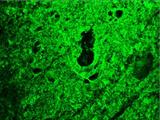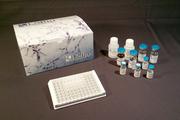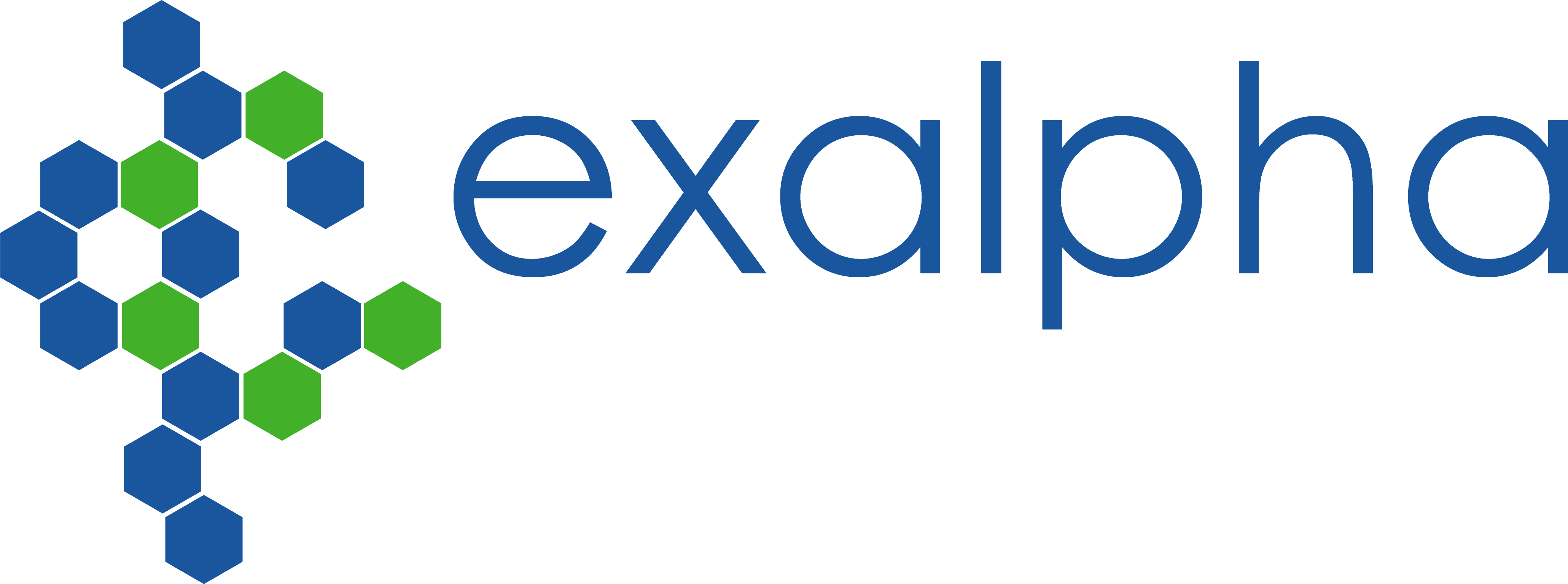Login
Registration enables users to use special features of this website, such as past
order histories, retained contact details for faster checkout, review submissions, and special promotions.
order histories, retained contact details for faster checkout, review submissions, and special promotions.
Forgot password?
Registration enables users to use special features of this website, such as past
order histories, retained contact details for faster checkout, review submissions, and special promotions.
order histories, retained contact details for faster checkout, review submissions, and special promotions.
Quick Order
Products
Antibodies
ELISA and Assay Kits
Research Areas
Infectious Disease
Resources
Purchasing
Reference Material
Contact Us
Locations
Orders Processing,
Shipping & Receiving,
Warehouse
2 Shaker Rd Suites
B001/B101
Shirley, MA 01464
Production Lab
Floor 6, Suite 620
20700 44th Avenue W
Lynnwood, WA 98036
Telephone Numbers
Tel: +1 (206) 374-1102
Fax: +1 (206) 577-4565
Contact Us
Additional Contact Details
Login
Registration enables users to use special features of this website, such as past
order histories, retained contact details for faster checkout, review submissions, and special promotions.
order histories, retained contact details for faster checkout, review submissions, and special promotions.
Forgot password?
Registration enables users to use special features of this website, such as past
order histories, retained contact details for faster checkout, review submissions, and special promotions.
order histories, retained contact details for faster checkout, review submissions, and special promotions.
Quick Order
| Catalog Number | Size | Price |
|---|---|---|
| LS-C146788-0.1 | 0.1 mg | $424 |
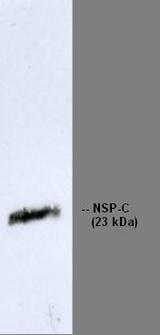
Monoclonal Mouse anti‑Human RTN1 / Reticulon 1 Antibody (clone RNL‑4, IHC, WB) LS‑C146788
Monoclonal Mouse anti‑Human RTN1 / Reticulon 1 Antibody (clone RNL‑4, IHC, WB) LS‑C146788
Antibody:
RTN1 / Reticulon 1 Mouse anti-Human Monoclonal (RNL-4) Antibody
Application:
IHC, IHC-Fr, ICC, WB, Flo
Reactivity:
Human, Rat, Pig
Format:
Unconjugated, Unmodified
Toll Free North America
 206-374-1102
206-374-1102
For Research Use Only
Overview
Antibody:
RTN1 / Reticulon 1 Mouse anti-Human Monoclonal (RNL-4) Antibody
Application:
IHC, IHC-Fr, ICC, WB, Flo
Reactivity:
Human, Rat, Pig
Format:
Unconjugated, Unmodified
Specifications
Description
Reticulon 1 antibody LS-C146788 is an unconjugated mouse monoclonal antibody to Reticulon 1 (RTN1) from human. It is reactive with human, rat and pig. Validated for Flow, ICC, IHC and WB.
Target
Human RTN1 / Reticulon 1
Synonyms
RTN1 | Reticulon-1 | NSP | Reticulon 1
Host
Mouse
Reactivity
Human, Rat, Pig
(tested or 100% immunogen sequence identity)
Clonality
IgG1
Monoclonal
Clone
RNL-4
Conjugations
Unconjugated
Purification
Purified
Modifications
Unmodified
Immunogen
Synthetic peptide encompassing the unique 20 N-Terminus amino acid sequence of Reticulon-1C
Specificity
Recognizes an epitope located within the first 20 amino acids of Reticulon-1C (NSP-C). Reacts with peripheral nerves and ganglia of various tissues and cross-reacts with smooth muscle cells and myoepithelium. In the central nervous system it reacts with the neurohypophysis and pars intermedia of the pituitary gland, and a weak diffuse staining was observed in neurons of the granular and molecular layer of the cerebellar cortex, while glial cells, cerebellar medulla and Purkinje cells are negative. Reticulon-1 has been found to indicate neuronal differentiation and to be downregulated in neurological pathologies.
Applications
- IHC
- IHC - Frozen (1:50 - 1:100)
- ICC
- Western blot (1:100 - 1:500)
- Flow Cytometry (1:50 - 1:100)
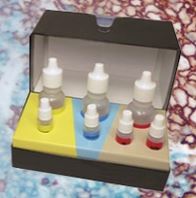
|
Performing IHC? See our complete line of Immunohistochemistry Reagents including antigen retrieval solutions, blocking agents
ABC Detection Kits and polymers, biotinylated secondary antibodies, substrates and more.
|
Failed Applications
- IHC - Paraffin
Presentation
PBS, 0.09% Sodium Azide
Storage
Short term: store at 4°C. Long term: aliquot and store at -20°C. Avoid freeze-thaw cycles. Store undiluted.
Restrictions
For research use only. Intended for use by laboratory professionals.
About RTN1 / Reticulon 1
Publications (0)
Customer Reviews (0)
Featured Products
Species:
Human, Mouse, Rat, Hamster
Applications:
IHC, IHC - Paraffin, IHC - Frozen, ICC, Western blot, Flow Cytometry
Species:
Human, Mouse, Rat, Hamster
Applications:
IHC, IHC - Frozen, ICC, Western blot
Species:
Human, Monkey, Rabbit
Applications:
IHC, IHC - Frozen, ICC, Western blot, Flow Cytometry
Source:
Wheat
Tag:
GST, N-terminus
Request SDS/MSDS
To request an SDS/MSDS form for this product, please contact our Technical Support department at:
Technical.Support@LSBio.com
Requested From: United States
Date Requested: 4/18/2024
Date Requested: 4/18/2024

